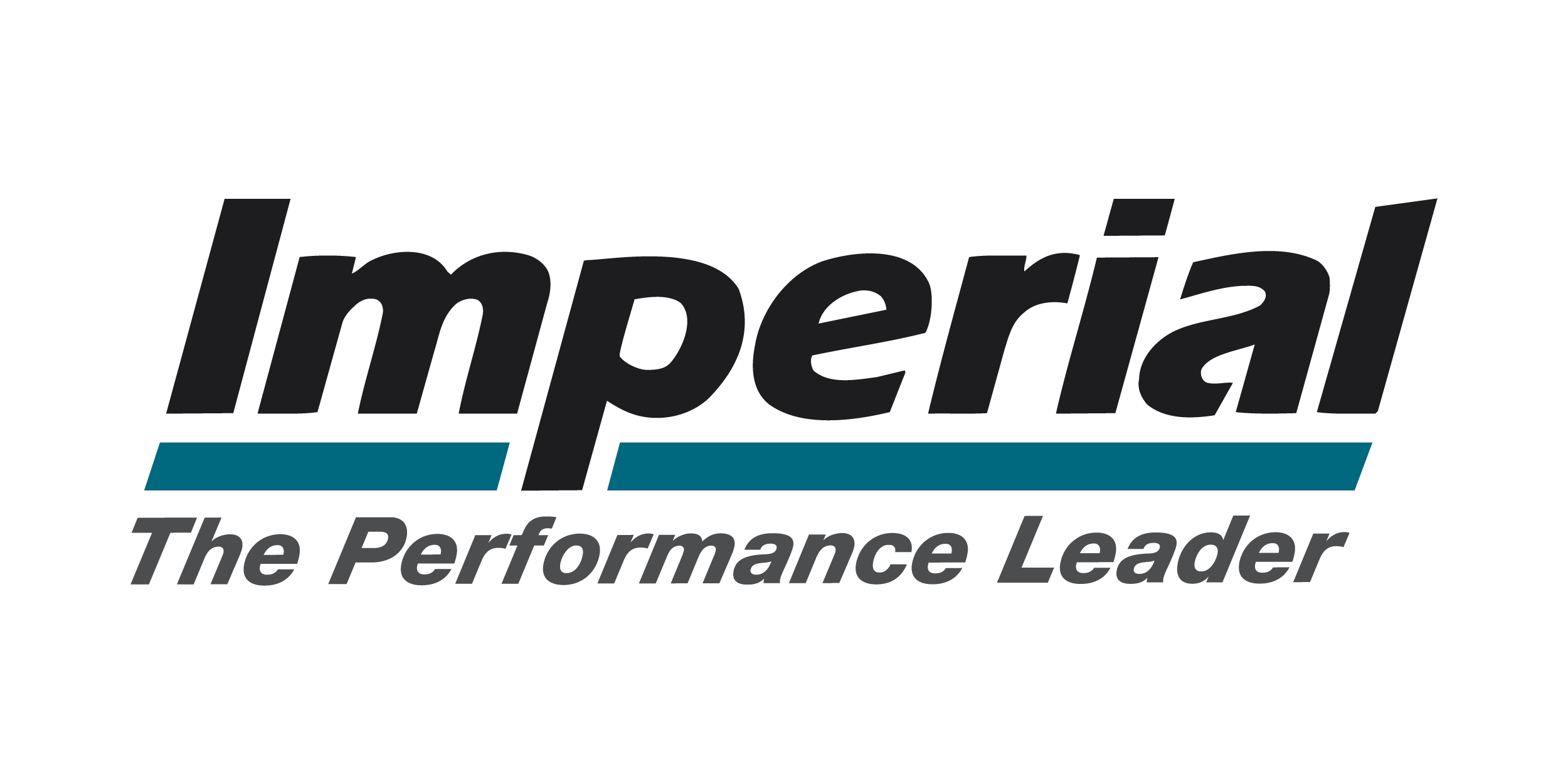As we approach the first day of spring and consumers head to warmer climates for spring break this month, stores are transitioning front end displays from winter to sun products. Suntan products, including sunscreen, after-sun and self-tanning products, generated about 1.24 billion U.S. dollars in 2019, according to Statista. Sunscreen has grown 2.3% in the last five years, with over 13.4 million Americans using four or more bottles or tubes last year. Due in part to growing awareness of skin damage resulting from sun exposure, sun care products are expected to be one of the fastest growing segments of personal care, with the category’s global market (including not just suntan products but also other solar protection products) forecasted to reach $24.4 billion by 2029.
Here are the top six trends in suntan products driving category growth.
- Private label: According to Statista, private label accounted for over 14% of last year’s total U.S. suntan product sales with $177.3 million in sales, outperforming any one national name brand of suntan products.
- Lightweight sunscreens: Based on a survey conducted in 2017, 38% of millennials expressed interest in lightweight sunscreen. In line with this trend, Neutrogena Ultra Sheer came in as the top name brand in dollar sales last year with $116.5 million in sales. Spray sunscreens, like Coppertone Sport Spray are also top sellers supporting this trend.
- Sport sunscreens: Increase in outdoor sports and recreational activities (Outdoor Foundation’s 2018 Outdoor Participation Report) has contributed not only to the overall growth in the sun care market, but also to an increase in sports-specific products. Formulated for active wear, sport sunscreens are typically water-resistant and sweat-proof. Coppertone Sport, contributing to $87.2 million in U.S. sales last year, was used by the highest number of consumers (22.43 million) compared to other leading suntan brands.
- Increasing sun protectant factors (SPF): Driven by growing consumer concern about skin cancer and other damaging effects of the sun, SPF have been increasing, including to values over 100. While the most popular sunscreens were SPF 15 products only a few years ago, most brands are phasing these out in favor of products with higher SPF of at least 30. Of Imperial’s top five selling suntan products, four have SPF of 50 or above.
- Natural & organic ingredients: In addition to awareness about harmful sun rays, concern about the effect of synthetic chemicals are leading consumers to natural and organic sun care options. Most mineral sunscreens are also considered reef-safe, posing less of a threat to the marine environment. Natural sunscreen increased 44% in U.S. dollar sales in 2019 from 2018.
- Multifunctional products: As consumers look to increase the productivity of their skin care products, sunscreens are increasingly being formulated to include other functional skin care benefits, including anti-aging, tinting and moisturizing. The availability of sunscreen in other personal care categories, such as cosmetics, daily lotions, anti-wrinkle creams, and baby care products, is also driving sun care product sales.
A robust sun care program that includes these trends in sun tan products will boost seasonal sales and provide your shoppers with the coverage they need to safely enjoy fun in the sun this spring!

